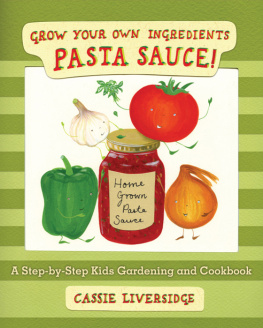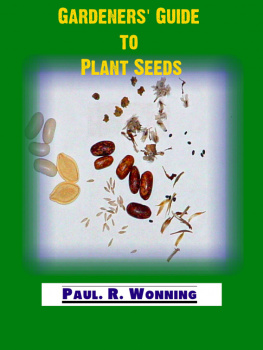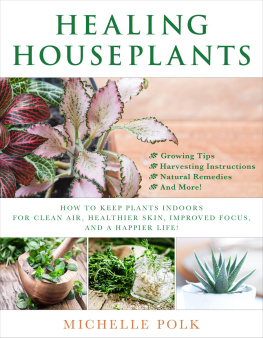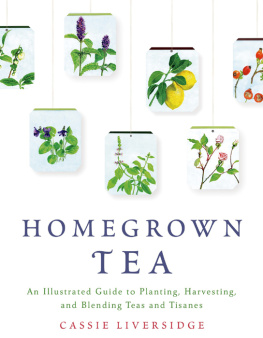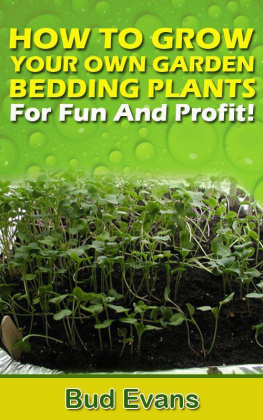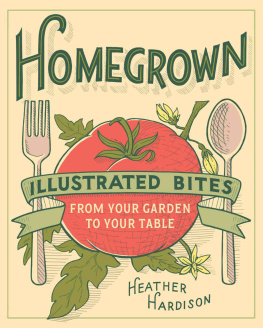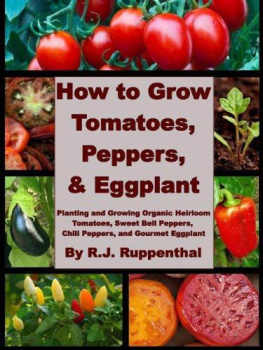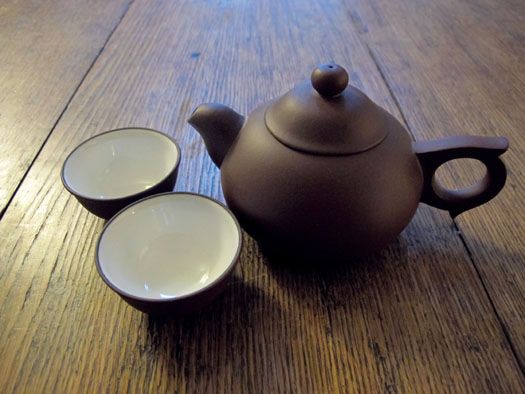Cassie Liversidge - Homegrown Tea: An Illustrated Guide to Planting, Harvesting, and Blending Teas and Tisanes
Here you can read online Cassie Liversidge - Homegrown Tea: An Illustrated Guide to Planting, Harvesting, and Blending Teas and Tisanes full text of the book (entire story) in english for free. Download pdf and epub, get meaning, cover and reviews about this ebook. year: 2014, publisher: St. Martins Griffin, genre: Home and family. Description of the work, (preface) as well as reviews are available. Best literature library LitArk.com created for fans of good reading and offers a wide selection of genres:
Romance novel
Science fiction
Adventure
Detective
Science
History
Home and family
Prose
Art
Politics
Computer
Non-fiction
Religion
Business
Children
Humor
Choose a favorite category and find really read worthwhile books. Enjoy immersion in the world of imagination, feel the emotions of the characters or learn something new for yourself, make an fascinating discovery.

- Book:Homegrown Tea: An Illustrated Guide to Planting, Harvesting, and Blending Teas and Tisanes
- Author:
- Publisher:St. Martins Griffin
- Genre:
- Year:2014
- Rating:5 / 5
- Favourites:Add to favourites
- Your mark:
Homegrown Tea: An Illustrated Guide to Planting, Harvesting, and Blending Teas and Tisanes: summary, description and annotation
We offer to read an annotation, description, summary or preface (depends on what the author of the book "Homegrown Tea: An Illustrated Guide to Planting, Harvesting, and Blending Teas and Tisanes" wrote himself). If you haven't found the necessary information about the book — write in the comments, we will try to find it.
Homegrown Tea explains how to grow a large variety of plants in your own garden, on a balcony or even on a window sill could become your tea cupboard. It shows you how to grow your tea from seeds, cuttings, or small plants, as well as which parts of the plant are used to make tea. Liversidge lays out when and how to harvest your plants, as well as information on how to prepare the plant, including how to dry tea leaves to make tea you can store to last you throughout the year. As a guide to using tea to make you feel better, there are nutritional and medicinal benefits. Finally, there is an illustrated guide to show how to make up fresh and dried teabags and how to serve a delicious homegrown tea. It is sustainable way to look at a beverage, which is steeped in history and tradition.
Sample drinks include well-known plants such as rose hips, mint, sage, hibiscus, and lavender, as well as more obscure ones like chicory, angelica, apple geranium, and lemon verbena.
Cassie Liversidge: author's other books
Who wrote Homegrown Tea: An Illustrated Guide to Planting, Harvesting, and Blending Teas and Tisanes? Find out the surname, the name of the author of the book and a list of all author's works by series.

